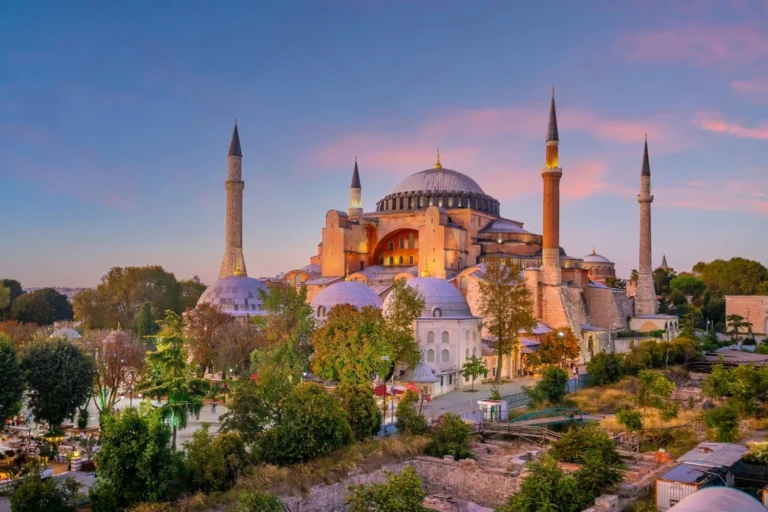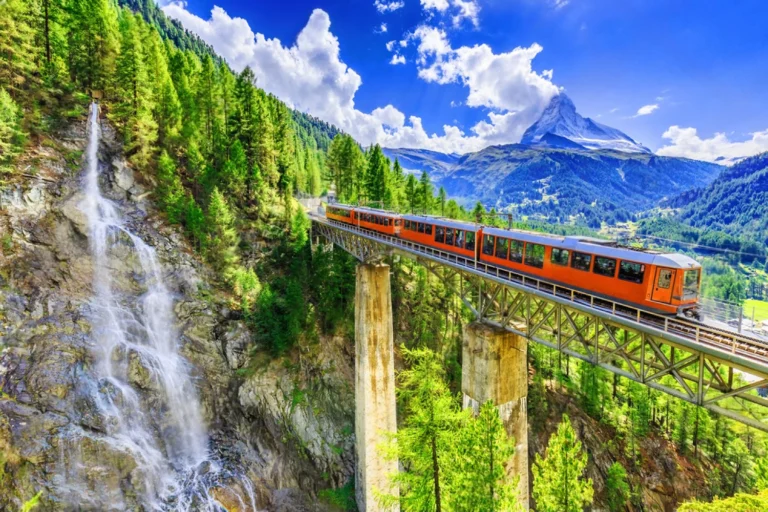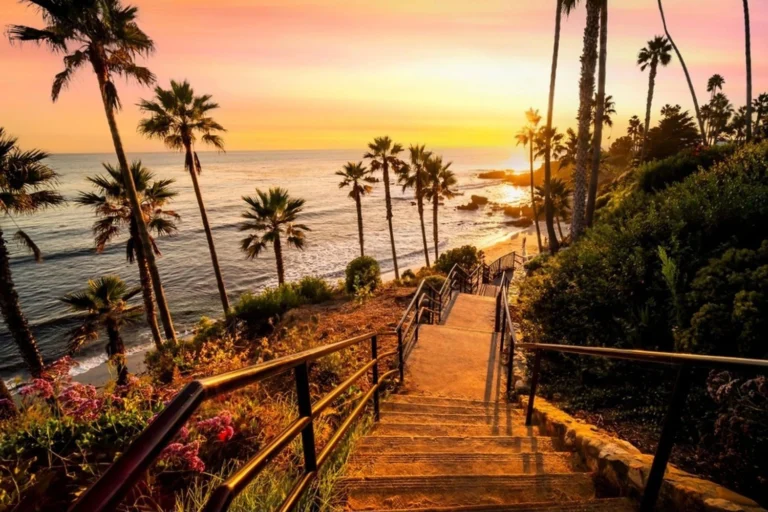India: 30 Unexpected Facts That Redefine the Familiar
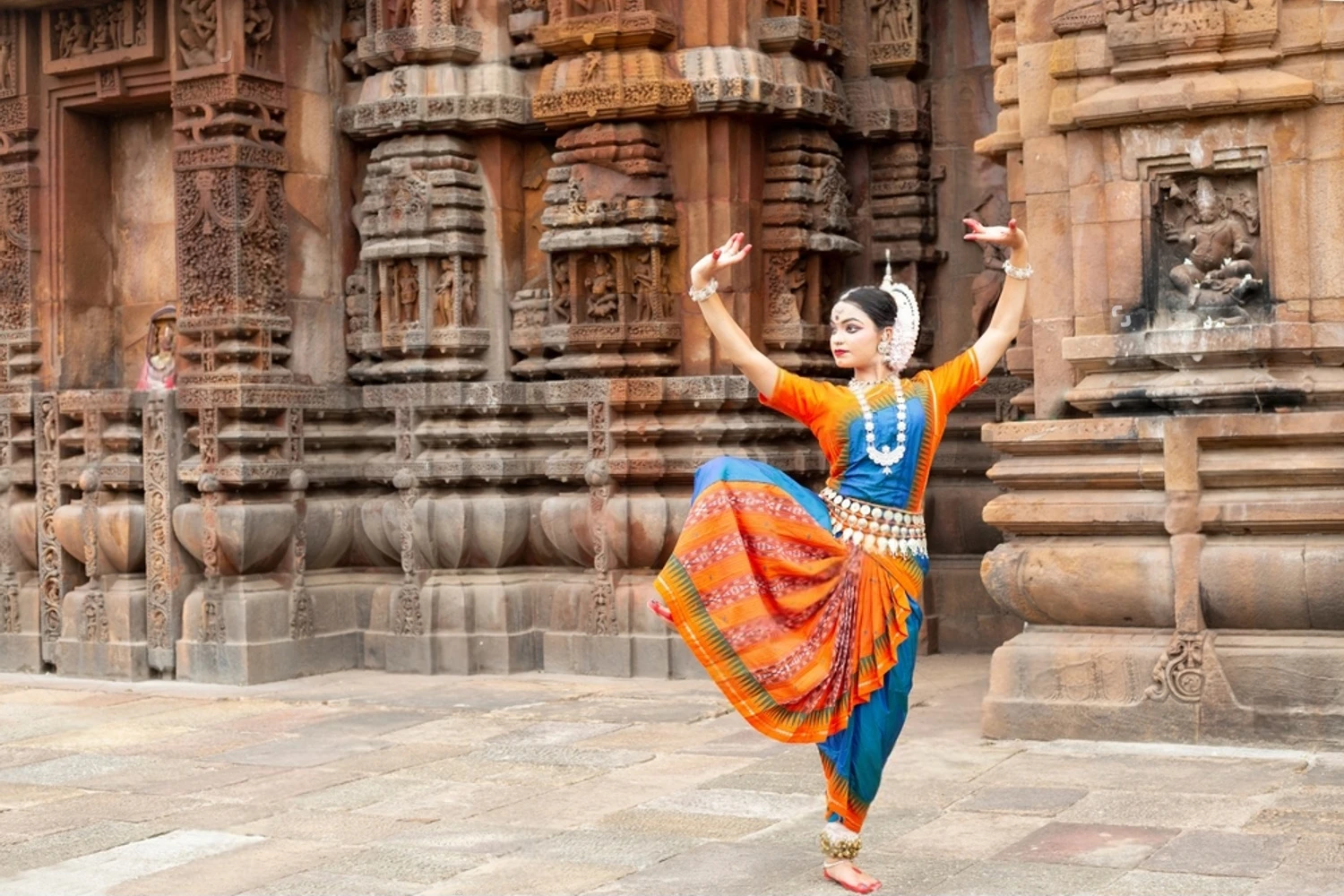
I came expecting big stories and found the quiet ones: a warm breeze carrying spice, the soft clink of cups, dust motes turning in late light. India slips into focus like a well thumbed map turned sideways, the margins suddenly readable. In the pause between greetings, in the scuff of sandals on cool stone, little moments ask you to linger. Beyond what postcards show, these overlooked details begin to reveal a deeper spirit you feel more than you can name.
Ancient bridges that keep growing every monsoon
I remember the hush of water below and the smell of wet earth; the bridge felt slightly springy, bark against my soles, cool with moss. It isn’t built, you realize it’s trained over years, guided by patient hands across a restless stream until roots clasp each other and hold. Walking there felt like the forest teaching itself to cross a river.
Some of these crossings are over five centuries old and still lengthening, and that fact tugged at me all day. In Meghalaya, people don’t just make a path they inherit one and nurture it, so the bridge you step on is part ancestor, part sapling. I left with a quiet belief that progress can be slow and still sure, and that art, botany, and old engineering can sit side by side in something people use every day.
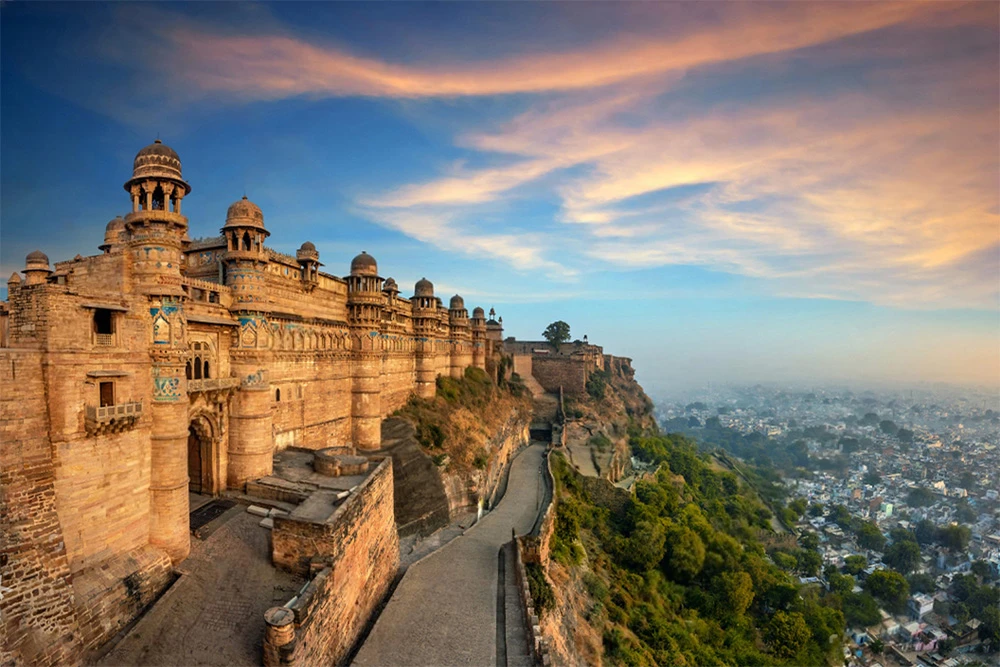
A centuries old happy hour in Holi’s colors
I still smile thinking about that first sweet, grassy sip of bhang, the clay cup cool against my palms while drums stitched the air together. Someone’s grandmother laughed like a bell, a priest’s forehead glowed with pink dust, and strangers grinned as if we’d all been friends for years. The drink had this whisper of cardamom and pistachio, a soft green wink from history, and the street seemed to exhale petals, powder, sunlight like the city itself had joined the celebration.
What surprised me wasn’t the buzz, but the belonging. In Varanasi, I watched aunties, students, priests, and paint splattered revelers raise the same green tinted lassi, and for a moment everyone’s titles fell away. Holi loves to blur edges: the old with the young, the quiet with the wild, your worries with the music lines smudged just like the gulal on our cheeks. I remember thinking, maybe that’s the point of this legal little cup on festival day: not just to feel lighter, but to feel together.
Oldest heartbeat on the Ganges at dusk
Some evenings feel like a beginning. Bells start to tremble, incense curls into the warm air, and a hush collects along the steps as lamps are lifted. In Varanasi, they’ve been gathering like this for almost three thousand years, which is wild to hold in your chest – that a ritual can outlast empires and still feel like it belongs to tonight.
The Ganga Aarti feels like standing inside a moving river of fire and devotion; heat brushes your face, ashes taste faintly sweet, and the chant threads through the crowd until strangers breathe in rhythm. People call this one of the world’s oldest living cities, and in that glow you understand why – time doesn’t sit behind glass here, it sits beside you like an old friend who remembers your name.
I remember thinking the river itself seemed to recognize the ceremony, the way it softened around the flames and carried them gently downstream. It felt beautiful, and a little surprising, to realize that age here isn’t heavy; it’s light and luminous, a continuity you can feel on your skin as the sky darkens.

April, When India Starts the Year Twice
I love how April feels like a doorway in India soft light, new breath, a little hush before the day begins. In Kerala, the Malayali New Year arrives with the sight of gold and yellow the shimmer of coins and brass, the bright konna blossoms that look like sunlight has learned to hang in bunches. I remember a morning like that, when even the air felt warm with cardamom, and the first meal was a generous spread that tasted like optimism: sweet, spiced, and unreasonably comforting.
Then, just as the month settles, the Sikh New Year rises in mid April with Baisakhi parades that roll like laughter down the street. Dhol drums thump against your chest, saffron flags flash in the sun, and people move with the easy happiness of harvest season. It’s vivid and fearless, a celebration that says: we made it through, and the fields did, too.
What gets me is how April holds two beginnings, stitched into one month, reminding you that time can be tender and plural. Not everything has to start once; sometimes it starts again, with flowers and brass and the beat of a parade, and you get to feel new twice.
https://en.wikipedia.org/wiki/India
Posting a letter to a drifting address
I didn’t know a postmark could hold the hush of water. Then I found the world’s only floating post office, a small wooden room bobbing gently on Srinagar’s Dal Lake in Kashmir. The hull taps softly as ripples pass, and the air smells of wet cedar and glue the simple paper scent that always feels like a beginning.
The postmaster is gentle, the kind of man who smiles with his eyes and steadies your nerves as the floor sways. If you ask, he’ll let you balance on a shikara and slide your note onto his tidy pile, stamped with a blue ripple water’s quiet signature. Sending something from a place that moves feels oddly comforting, like telling a secret to a river. You leave lighter, believing that even fragile words can travel far when the world holds them this softly.
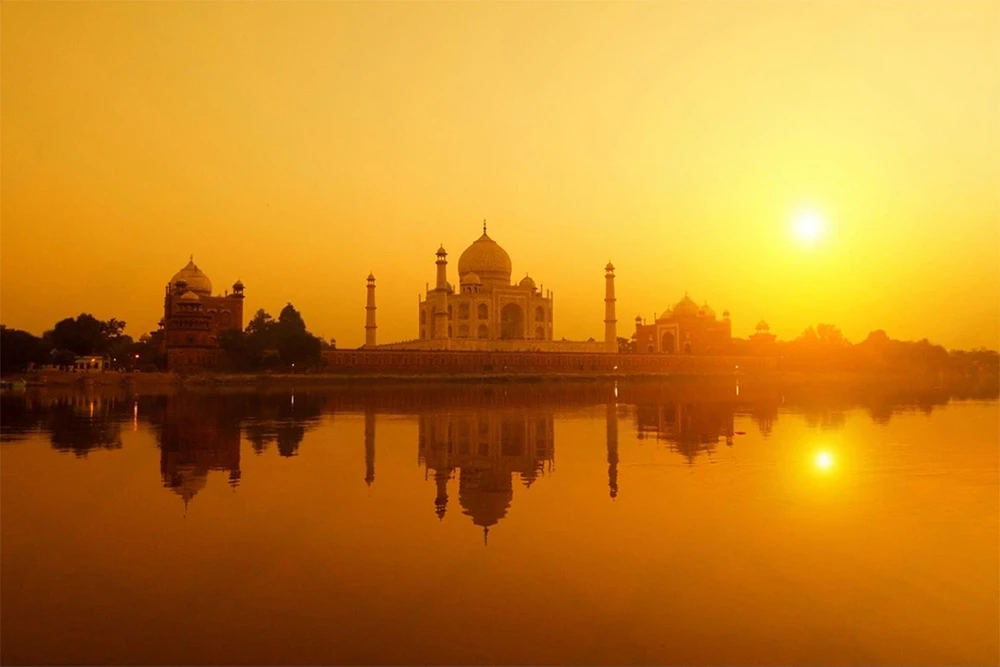
A bridge whose wires could circle the earth
Some mornings the light turns silvery and soft, and the crossing feels oddly tender grand in scale yet gentle on the nerves. City and sea blur into a pale haze, the air cool with salt, and the cable stayed silhouette seems to stand very still while everything else rushes past. It’s the kind of dawn that makes noise quiet down inside you.
Someone once told me the steel wires here, if laid end to end, could hug the planet. I believed it without question; there’s a calm enormity to this span that doesn’t shout about itself. You notice the steady lines, the faint wind threading through them, and feel that strange mix of awe and ease, like the world just got bigger and somehow kinder.
It feels so Mumbai audacious and tender at once the Bandra Worli Sea Link holding its own between tide and skyline. I remember thinking that if metal can reach that far, maybe a morning can, too, stretching just enough to hold our small hopes before the day gathers speed.
Where chess, buttons, and shampoo first took shape
It always makes me smile in the shower the way a simple lather turns into a small conversation with centuries. Shampoo, chess, and even humble buttons trace their beginnings to India, and suddenly my morning feels linked to a line of bright, practical minds. The steam smells faintly of herbs, and I catch myself grinning at the thought of rooks and pawns learning their slow dance while someone once figured out how to keep a shirt fastened neatly.
Once, wandering a market, I saw a tin of buttons spill and skitter across a wooden table, each one clicking in an oddly comforting rhythm. Nearby, two friends hunched over a worn board, the pieces tapping softly in the heat. It struck me how much of this place’s spirit is about turning care into invention everyday needs answered with elegance. So next time I button a cuff or plot a modest gambit, I send a quiet thank you under my breath.
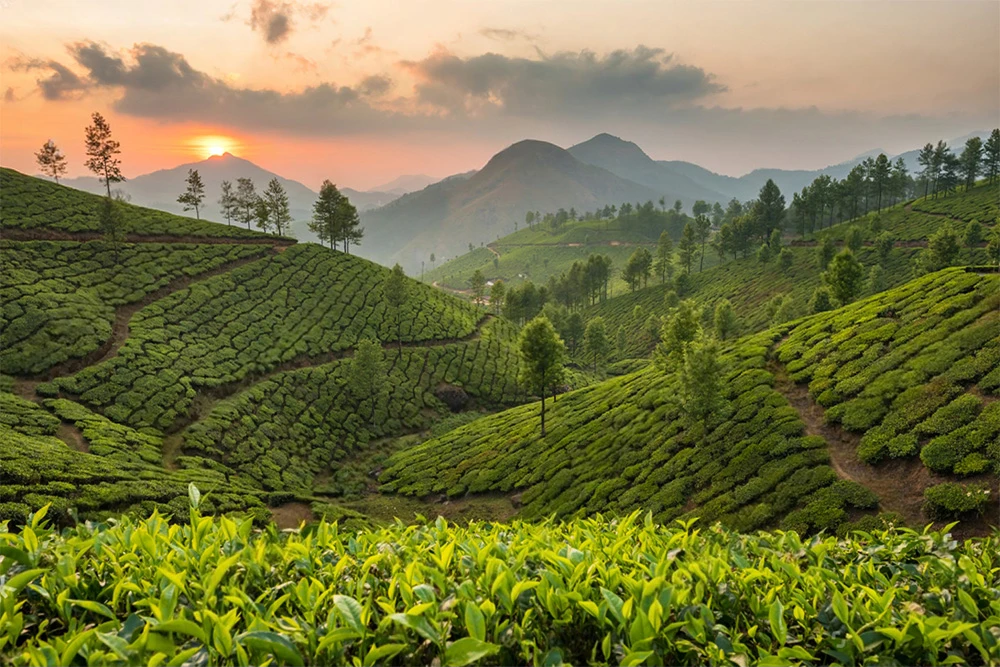
A planned city that learned to blush
There’s a quiet pleasure when a place’s streets make sense. I remember turning a corner and feeling the map click into place blocks lining up like pages in a well kept notebook. The air carried a mix of warm dust and cardamom, and the shop signs seemed calmer because the roads were, too. It felt like someone, long ago, cared about how people would move, breathe, and belong.
In Jaipur, they laid out those grids in the 1700s one of the world’s first planned cities yet the beauty isn’t just logic. As evening settles, the facades shift to a soft rose; there’s a secret pigment in the paint, people say, that catches daylight and holds it a little longer. The walls don’t just turn pink they blush, and that glow drifts over the streets, gentle as a hand on your shoulder.
Maybe that’s why the place feels gentle, not grand. The plan gives you ease, and the color gives you kindness; together they make evenings you carry with you, the sort that linger in memory like warm light at the edge of day.
A marble forest where no two pillars repeat
I never knew stone could feel this soft. In a sacred Jain temple of milk white marble, 1,444 pillars stand – each with its own quiet design, never repeating the one beside it. Outside, the sun presses hard; inside, the air stays calm and cool, light settling gently on the floor as if time prefers to move slowly here. It felt like drifting through a silent snowstorm that learned to stand still.
What surprised me most wasn’t just the beauty, but the patience you can almost hear in the hush. Here in Rajasthan, every difference carved into those pillars seems to say that devotion pays attention – to a leaf’s curl, a dancer’s ankle, a small pattern only the carver might notice. I remember the faint scent of incense and the echo of soft steps, and how the place made me feel steady, as if I could carry that quiet back out into the heat and keep it for a while.
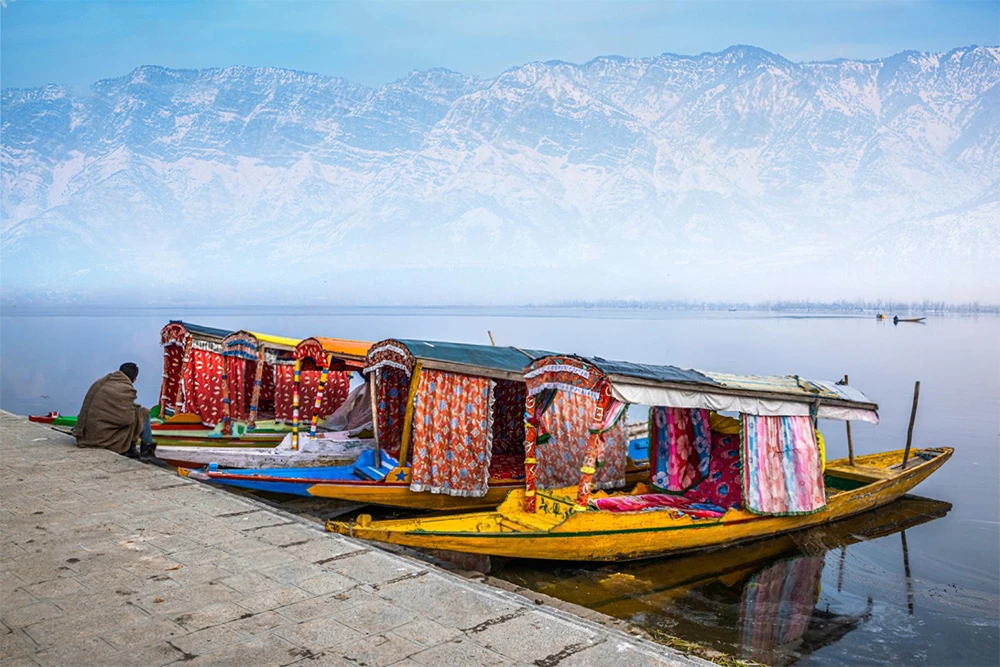
Where lions and tigers share the same map
I still get a small shiver when I remember learning that this is the only place where both lions and tigers still roam free. In India, the dry west breathes dust and acacia, and far away the east is soft and wet with tide and mangrove; somewhere between those edges, two kinds of presence linger the blunt, coppery weight of a lion’s stare and the watchful, low slung silence of a tiger.
Most travelers chase stripes, and I get it: the tiger steals your pulse. But I love the older, quieter truth that this land carries both, as if it refuses to choose just one story. It feels right here, where contradictions live side by side spice and sweetness in the same mouth, prayer and laughter in the same street and where the wild still has enough room for both to pass, unbothered, in a landscape that feels big hearted.

A clear lake with a crowded secret
I remember hearing about a lake where the water is so clear you can see your own breath come back as a reflection and sometimes, when the ice loosens its grip, you can see bones below. Roopkund Lake sits in the thin, humming air of the Himalayas, and people head there with stories already packed: trekkers chasing altitude, spiritual seekers chasing answers, and the rest of us trailing along with a pocketful of ghost tales. The cold sun feels close, flags snap like little hearts, and there’s a hush that makes you listen harder, as if the wind might explain what history won’t.
What surprised me most wasn’t fear but the strange tenderness of it all. Those skeletons don’t feel like props for a legend; they feel like a quiet crowd, reminders that the mountains carry more than scenery. The water, clear as a sky held in a bowl of stone, offers a glimpse and then covers it again, leaving you with questions that feel almost like prayers. People come for the mystery, sure, but they leave with a softer truth that the past is never entirely gone, and that some places hold their secrets not to frighten us, but to teach us how small and connected we really are.
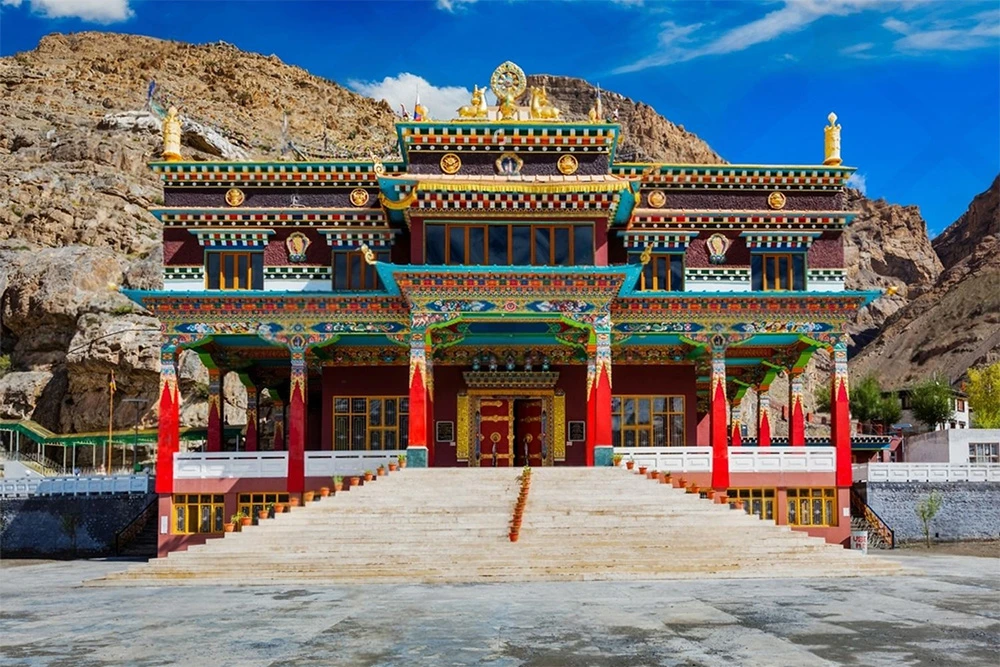
A kitchen that never stops feeding strangers
It’s funny how you can feel full before the first bite. The air is warm with the steam of dal, steel plates chime gently, and hands move in a soft rhythm, patting dough into chapatis that puff like small promises. I remember thinking that the room hums like a steady heartbeat, steady and kind.
At the Golden Temple in Amritsar, volunteers cook and serve simple meals day and night to about 100,000 people no questions, no fees, no reservations. You just sit down, and a plate appears. The generosity is so matter of fact that it disarms you; it sneaks past pride and lands somewhere softer.
What stays with me is how quickly strangers feel like neighbors. A child giggles, an old man nods, a traveler exhales, and suddenly the room becomes a quiet choir of yes. It’s a place where service and equality aren’t big words, just flavors where dignity tastes like warm dal and a fresh chapati, and gratitude passes from hand to hand.
Pouring Milk on Cobras, a Tender Contradiction
I still smile at the memory of a morning when incense and warm milk braided in the air, and a hooded shape swayed like a slow question mark. Outside a small shrine near Varanasi, women in bright saris tilted bowls toward a live cobra, asking for good fortune with the gentlest of intentions. The cobra watched, unblinking and regal, while the world around it felt hushed, as if the street itself were holding its breath.
The truth is simple and stubborn: snakes can’t digest milk. Yet faith here runs like a river, flowing around the facts without ever pretending they aren’t there. It isn’t food so much as a message, a soft knock on the cosmic door: May our families be safe, may luck find us. In that moment, myth and devotion sat together like neighbors on a single step, and the small strangeness only made the scene feel more human, more alive.
I remember leaving with a quiet hum in my chest, aware of how this country can fold opposites into a single gesture. It’s a kind of everyday magic tender, earnest, a little eccentric that somehow feels exactly right. Even when biology says no, the heart still finds a way to say yes.

A polling booth for one beneath the trees
It still amazes me that an entire election can arrive for one person. Picture a jeep humming along a dusty track at dawn, the forest cool and breathing, birds stitching sound through the canopy. There’s something tender about it: the ballot box settled like a candle carried through the wind, steady hands making sure it doesn’t go out.
Once, over a chipped glass cup of chai, someone told me about the booth they set up deep in Gir Forest in Gujarat for a lone forest dwelling voter. In a country so loud with numbers, this quiet gesture feels like the truest sentence of democracy. No fanfare, no crowd just the soft thud of footsteps on leaf litter and the hush of trees watching a promise being kept.
I love how it redefines scale. One person isn’t a rounding error; they’re the reason the road is made. Universal suffrage stops being a slogan and becomes the warm, simple act of showing up, even if it means a long jeep ride for a single mark that still echoes like an ink stain across the map.
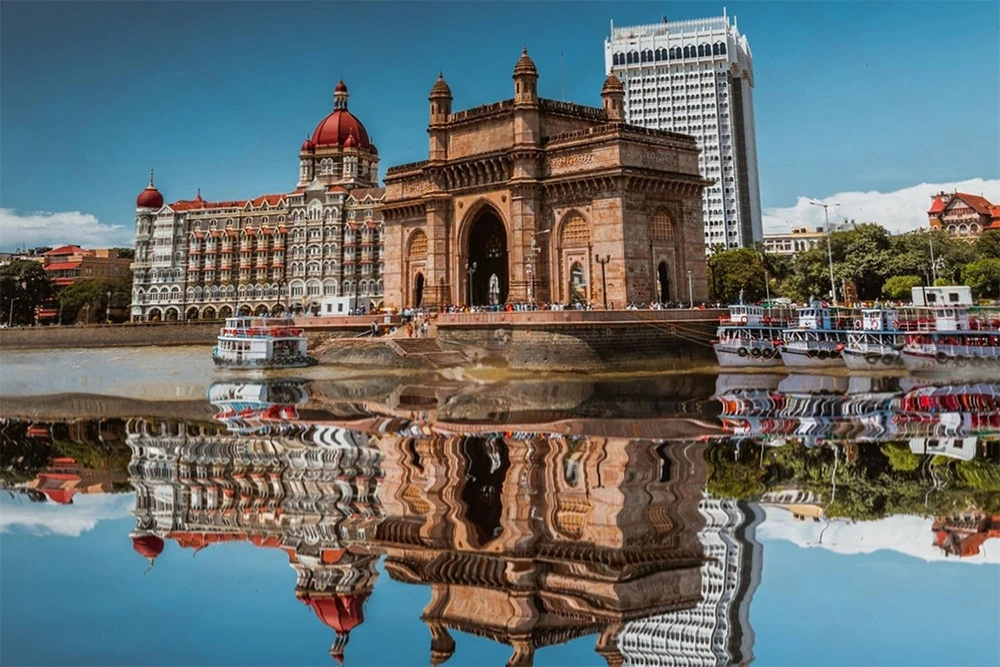
The world’s highest cricket ground among clouds and pines
I didn’t know a match could feel this quiet. Up at 2,444 meters, the outfield meets a forest of pines and the boundary blurs into passing cloud. In Chail, Himachal Pradesh, the space between overs feels wide enough to hold a valley; the bat’s crack rings clean, the air smells of resin, and the cold tingles on your cheeks.
What surprised me most is how the mountains soften the sport. With no stands, only tall deodars, you listen more than you shout the hush after a shot, a faint echo off distant slopes, the steady rustle of needles. The sky feels like an extra fielder here; I remember rooting for small, human moments: a shared grin, a glove warmed between palms, a breath you can see before it vanishes.
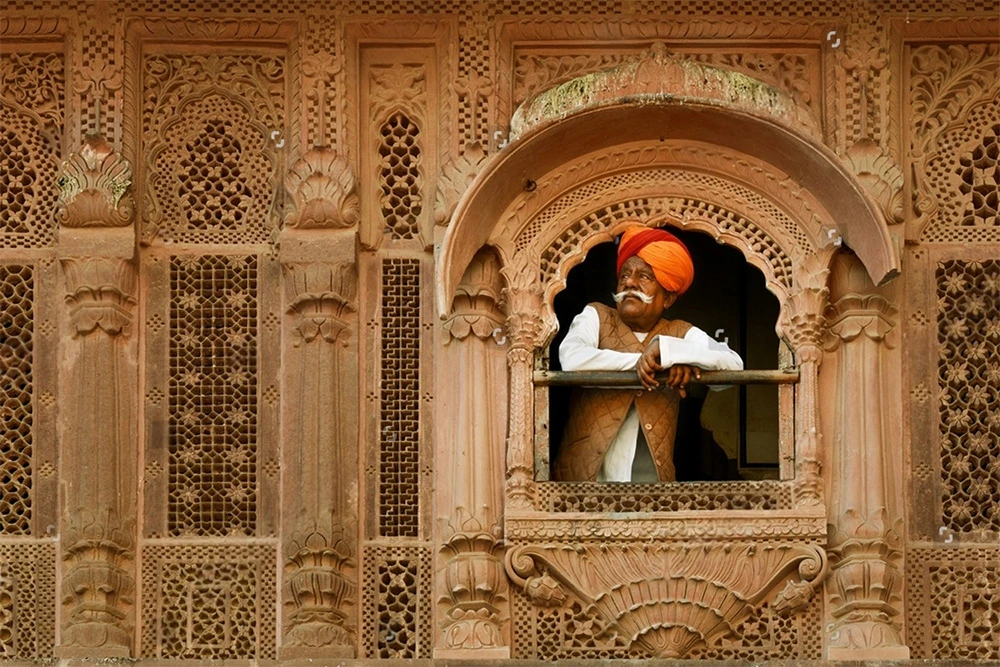
When the monsoon needs a little nudge
I laughed the first time I heard about a frog wedding, and then the summer grew so bare my laugh went quiet. The sky felt like a locked door; dust rose with every step, and even the mangoes tasted tired. So the neighbors dress two little amphibians in marigold threads, a dab of turmeric, and send them down the lane in a whole baraat – the wedding procession – with drums thumping softly and children giggling at the tiny bride and groom. They do it to appease the rain gods, yes, but also to lift their own hearts for an evening.
In Assam and Maharashtra, this ceremony lives where ancient belief meets festive humor, and I love that gentle honesty: we joke because we’re scared, and we pray because we care. Watching it once, I felt how a community can turn worry into a shared smile and hopeful noise, the kind that warms a dry evening. And when the first fat drops finally arrive, tapping roofs and coaxing that earthy smell from the ground, it feels less like magic and more like relief, the kind that makes shoulders unclench and breath come easier.
A week where Nagaland’s tribes dance as one
Dusk drifted in and the field began to hum, a shared heartbeat under bare feet and bright shawls. I remember feathers brushing the air, tiger tooth necklaces catching the last light, and a guitar riff answering a drumline older than any amplifier. It’s the Hornbill Festival in Nagaland, and for a week nearly every tribe brings their songs to the same sky.
Smoke from bamboo cooked pork and rice curled over the crowd, sweet and woodsy, the kind that settles on your clothes and won’t let go. A bite laced with fierce chili made me laugh before it made me tear up, and somewhere behind the thrum, elders nodded along while a rock band tuned. None of it felt forced; old stories and new noise simply fit together, unexpectedly easy.
What surprised me most was how that colorful field stitched differences into a single patchwork without smoothing out a single edge. For a few days you feel how heritage can be loud and tender at once, how rhythm can carry both memory and tomorrow. Days later, the echo of those drums was still in my chest.
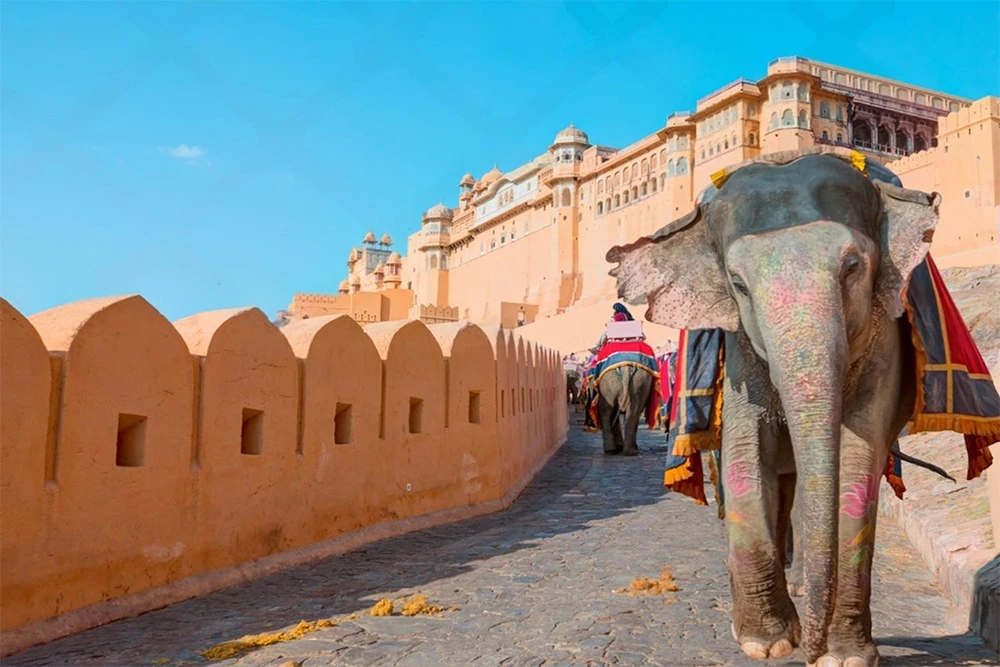
A river of faith seen from space
It still startles me that human faith can look like weather. At the Kumbh Mela, the air tastes faintly of ash and sweet chai, and chants roll across the riverbanks like low thunder. Once, before sunrise, I felt the chill lift off the water as saffron flags trembled, and the crowd seemed to gather into a single breath.
In those weeks, tens of millions converge for the world’s largest pilgrimage, and the scale bends your sense of what a day can hold. In Prayagraj, the gathering grows so immense that satellites have photographed the slow, circular drift of people along the water, visible even far above. I didn’t feel small; I felt part of something generous incense in the throat, drums in the chest, and that pale, silvery light of a new morning settling softly on the riverbanks.
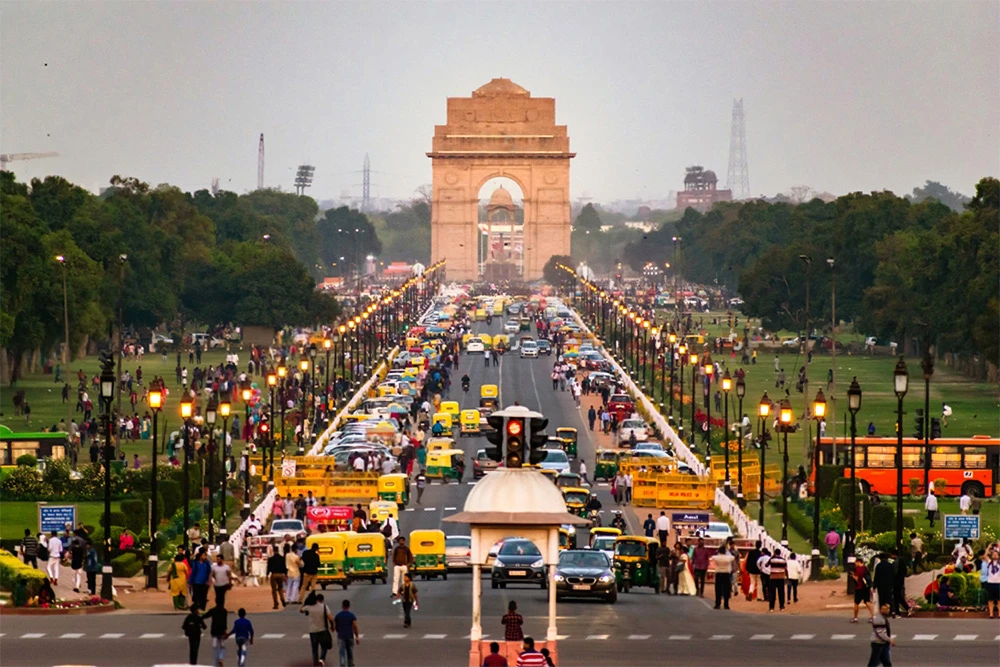
Coconuts under tires to shatter bad luck
It still makes me smile the way a journey can begin with a thud and a sweet splash. On the hot shoulder, a coconut meets rubber, it cracks, and the air smells of sugar and smoke. People say the shell takes the bad luck with it, and I love how practical that feels: put your fears on the ground, roll forward, and let the day be kind.
Then the road gathers its quiet guardians. Limes dangle from bumpers, incense threads through diesel, little altars blink with marigold and ash as if the highway itself were breathing. I remember feeling oddly protected, like those small objects were pocket sized shields against whatever waits beyond the bend.
Near Chennai, I learned to savor that pause before motion the whispered name, the quick prayer, the grin that says we’ve tipped the odds. Maybe that’s why this custom lingers with me: it turns asphalt into a promise, a quiet handshake with the road. And once the wheels hum, you carry that softness inside you, the sense that luck has already been persuaded to ride along.

Where tigers slip like rivers through water
I remember the hush at dusk, when the air tasted of salt and mud, and someone whispered that the tigers here swim. It sounds like a rumor you pass around a campfire until you hear the low ripple and realize the river is their road.
In the Sundarbans, Bengal tigers regularly cross the wide, brown channels with a kind of calm that unknots the mind. I grew up thinking cats hated water, yet here their stripes ease into the current, steady and sure, surrounded by mangrove breath and the soft clink of roots against the tide. The surprise isn’t loud; it’s patient, like the brackish wind that doesn’t need to prove anything.
Watching that, my ideas bobbed like driftwood, and I felt a quiet respect settle in. These cats make the impossible feel normal, and that’s what gives them their mythic weight not just power, but a grace that belongs to the place itself. It’s as if the forest and the water share a secret, and the tigers remember it for all of us.
Seeking light in the darkest corners of faith
I remember the river smelling of smoke and marigold at dusk, bells shivering the air while sparks drifted upward. In that glow, the Aghori holy men looked almost weightless skin dusted with ash, eyes steady as if they had already met the things we avoid. They cross the lines we draw so carefully, meditating where fires burn and wearing the gray of endings, even tasting what the world declares forbidden not to shock, but to make fear show its real face.
At first it unsettled me, then something softened, like a knot loosening in the chest. In Varanasi the lesson feels close to the skin: the river carries flowers and ashes in the same current, and somehow both seem blessed. The Aghori feel like lanterns in a storm, small flames where few will look, a mirror held up to the fear we tiptoe around. I left thinking that courage can be quiet, and that sometimes the path to light begins exactly where we’d rather not stand.
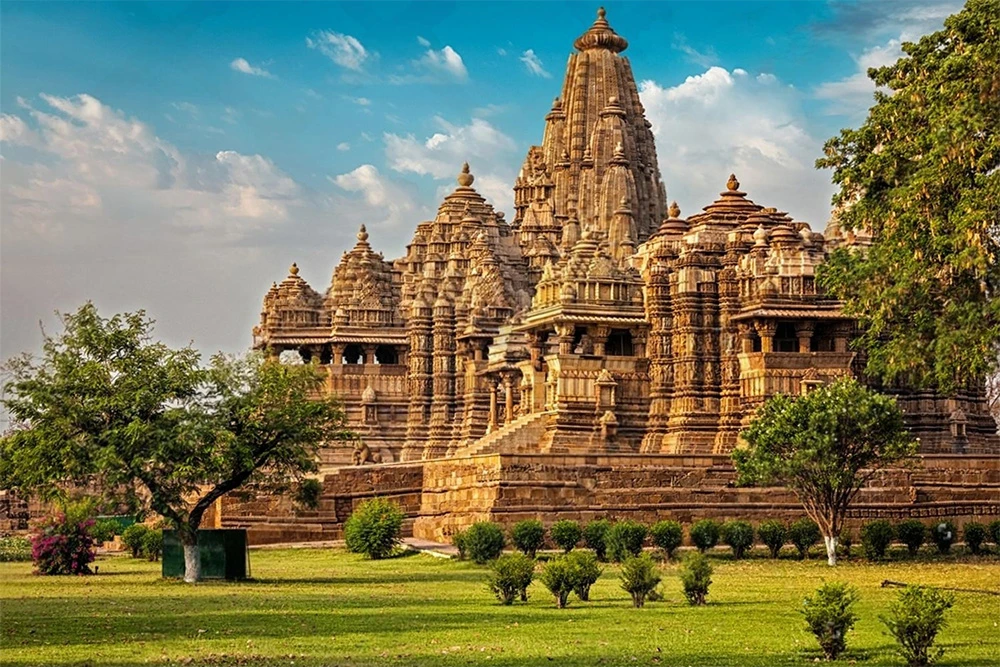
Where rain has a hundred tender names
The first downpour lifted the whole day into sound tin roofs drumming, fern fronds glistening, tea steam curling into the wet air. In Meghalaya, they say the mountains wear waterfalls like shawls, and I finally understood: the hills weren’t just soaked, they were adorned. Even the living root bridges seemed to relax, their braided limbs dark and glossy, as if the forest had taken a long breath and decided to keep it.
People here have more than a hundred words for rain, and hearing that changed the way I listened. It’s not just “rain”; it’s the hush that beads on eyelashes, the silvery threads that drift at noon, the sudden sheets that erase the far ridge and bring the world close. That richness felt like a dictionary written by clouds, a reminder that naming something can turn weather into kin. I remember thinking how gentle it felt to belong to a place by learning its rains, and how, for once, the storm didn’t ask me to hurry it asked me to pay attention.
India’s 43 UNESCO sites beckon mystery loving travelers
Dusk has a way of sharpening questions. With 43 UNESCO World Heritage Sites – and more on the way – the country lays out a chain of puzzles: forts where evenings settle into a hush, temples that slip under water for a season and reappear, rock shelters still glowing with patient ochre. In front of them, you stop trying to explain and just pay attention.
Once, near Bhopal, I stood under painted stone and felt the heat fade from the rock into my palm. Another time, a caretaker whispered how a hill fort changes after dark, and I didn’t need a sighting to believe him. That’s the real reward here: not treasure, but the fingerprints of time, and the quiet thrill of leaving with more questions than you arrived with.

When style began with a small, humble button
I love the thought that the world’s early buttons and woven cotton were already in people’s hands thousands of years ago. Imagine that neat little circle closing a tunic while dust rose warm in the afternoon air at Mohenjo daro. The idea feels tender somehow: fashion beginning not with spectacle, but with a quiet clasp and a length of soft cloth.
It explains so much about South Asia’s long romance with detail how a cuff edge is finished just so, how cotton carries a softness like cooled tea against the skin. Buttons are punctuation marks in fabric, tiny pauses where care shows through. I remember looking at an old handloom swatch once and feeling patience woven right into the threads.
What surprises me isn’t just the age of it, but how current it feels: the same instinct to make the everyday a little more beautiful, to make things feel considered. Maybe that’s why a sari pleat can move a heart, or a neat collar can calm a morning. Across thousands of years, the small details keep us close.
A temple where rats and luck mingle.
I still remember the soft patter of tiny feet on cool marble, bowls of milk shining under butter yellow lamps, and the warm mix of incense and grain in the air. At first I felt my shoulders tense, then something gentler rose up a kind of hush watching the floor ripple with small, brave lives.
More than twenty five thousand rats live here, and people come to feed them, to share space and patience. The strangest, sweetest part is how a morsel already nibbled is considered a gift of supreme luck. I hesitated the first time I saw a crescent bite missing from a sweet, then realized that, in this place, sometimes luck arrives on whiskers.
In Karni Mata Temple in Deshnoke, the world feels turned toward kindness for the tiniest beings, and it changes you a little. Ideas about clean and unclean loosen their grip, and a simple crumb can feel like a blessing passed hand to hand, heart to heart.
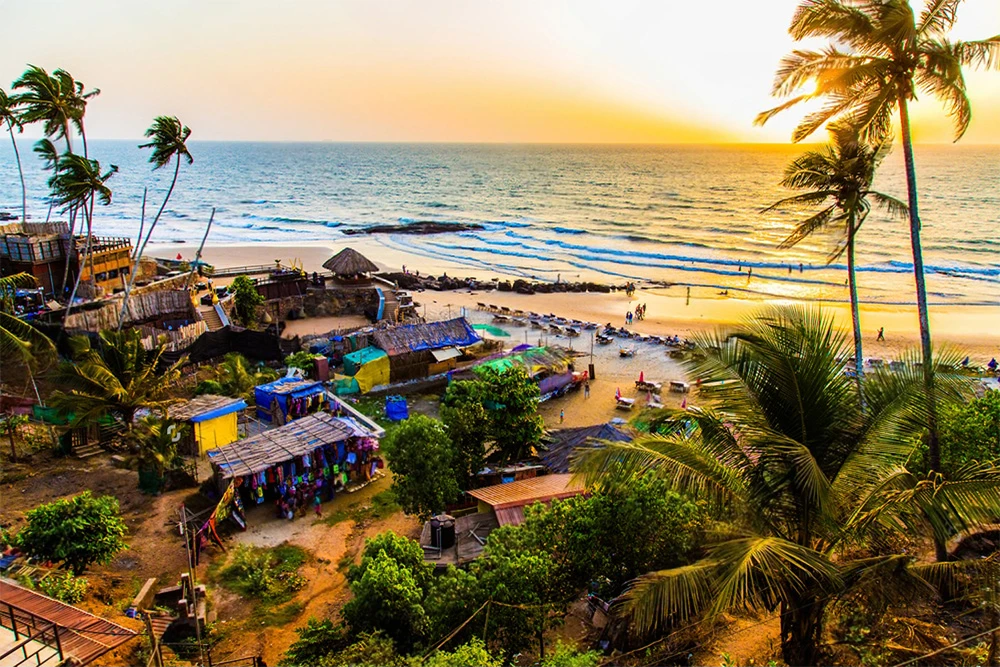
The world’s first fully organic state, tasting like memory
I didn’t expect vegetables to taste so honest sweet, sharp, and clean, the kind of flavor that hushes you for a second. Somewhere along its terraced hills, I learned that simplicity can be generous; a warm cup of tea carried a rain washed aroma, greens had a peppery brightness, and even the rice seemed to breathe easier. In Sikkim, that sense of ease feels woven into daily life.
What struck me most was how a policy could taste. The government chose to go fully organic, and instead of clashing with the past, it met the old ways with a nod. Compost piles steam in the cold, bees fuss over marigolds, and the market stalls offer produce with dirt still sweet on the roots. Standing there, the fields felt like a promise kept.
It’s surprising how restraint can feel luxurious no chemical afterthought, just clarity. I remember finishing my tea and realizing the flavor wasn’t loud, just steady, the kind that lingers without begging attention, like a clock paused. Maybe that’s the quiet miracle: when ancient wisdom and modern policy choose the same path, the future tastes familiar.
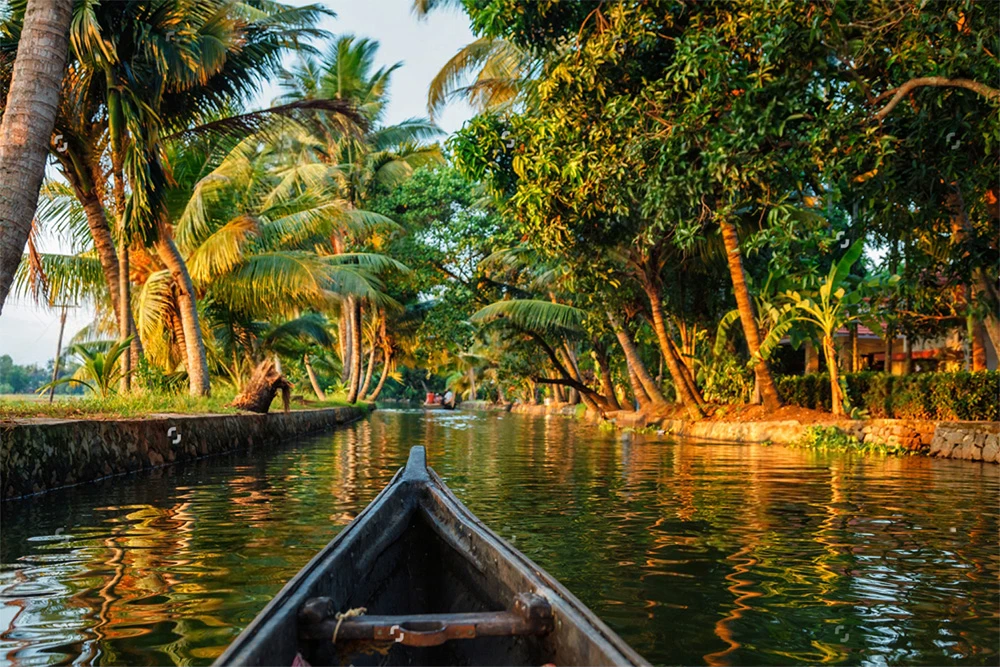
Glass thread duels across a winter blue festival sky
I still hear the whistle of string in the cool sun, that small tremble that travels down your palm and says the kite is alive. By noon, the rooftops glow and the sky turns into a river of paper fish saffron, indigo, neon pink drifting, darting, daring one another. Somewhere, a radio crackles, someone laughs too loudly, and the wind carries a sweetness like sesame and jaggery.
On Makar Sankranti, it isn’t just flying; it’s fighting, soft faced and razor edged. The strings are dressed in ground glass manja so when two lines kiss, they bite. You feel the grit on your fingertips, the sting that lingers, and the hush before the shout. In Ahmedabad, the cry of “Kai po che!” rolls across the terraces when a rival’s kite goes free, followed by a burst of cheers and, sometimes, a sheepish grin over a bandaged finger.
What surprises me most is how tender it feels despite the danger: victory riding a thread, joy stitched to risk. The sun is turning northward, winter loosens its jaw, and everyone is looking up at the same patch of sky, hoping, letting go, trying again. It teaches you something simple and bright that sometimes the heart needs a little edge to remember how brightly it can fly.
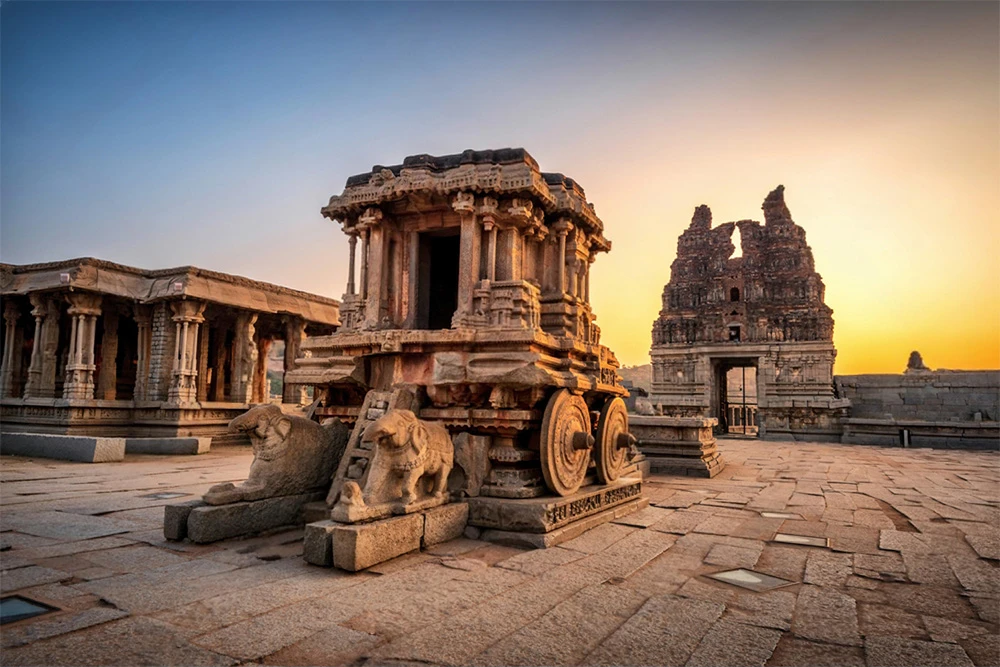
Where the world’s spices find their home
I remember the first breath catching warm and bright pepper pricked the edges, cardamom cooled the middle, turmeric hummed like sunlight in the lungs. Saffron threads winked from little tins, and somewhere nearby a roast of cumin drifted by, earthy as rain on dry ground. It was the kind of scent that lingers in your sweater and in your thoughts.
They say seven of every ten spices begin here, and standing in Old Delhi’s Khari Baoli, I believed it without needing a chart. Burlap sacks rose like soft hills, spilling clove sweet whispers and chili sharp promises, vendors talking in a gentle stream of prices and memories. It felt like opening a spice cabinet the size of a country.
What moved me most wasn’t the abundance, but the inheritance in it the way blends carried names, stories, and tiny instructions from elders whose hands knew the heat by heart. A shopkeeper recited a masala like a lullaby, each measure a branch in a family tree of flavors. Maybe that’s why the flavors here feel so generous: not loud, not rushed, just steady warmth the quiet confidence of a recipe that has already stood the test of time.
A meteor’s fizzing lake locals simply call magic
I remember the hush first, then the faint fizz like the water was breathing under its own spell. At Lonar Crater Lake in Maharashtra, the earth holds the echo of a meteor that struck about 52,000 years ago, and you can feel that age in your bones. The rim rises around you in a patient circle, a green bowl cupping light and birdsong. It’s the sort of place that makes you lower your voice without knowing why.
What gets me is the contradiction that somehow makes sense: the lake is both alkaline and saline, a rare blend that tingles in the air with a briny, mineral tang. Scientists arrive from faraway places to study its chemistry and microbes, yet the locals just smile and call it the magic lake. I love that both are true there’s data in the water and wonder in the name. Sometimes the surface shimmers and you catch tiny bubbles on the edge, as if the past is still gently exhaling.
Standing there, I felt small in the best way, like I’d stumbled on a secret the sky forgot to take back. It’s a reminder that the world can be precise and mysterious at once. Here, wonder wears two names: science and faith and both feel perfectly at home.
Where rain becomes a language everyone understands
I thought I knew rain until I met the kind that never seems to run out of words. It doesn’t crash so much as continue, a soft insistence that turns footpaths dark and the air sweet with earth. This is the place where your umbrella needs an umbrella, and somehow the steady thrum on rooftops and leaves feels more like company than weather.
In Cherrapunji, famed for the world’s highest annual rainfall, I remember thinking nothing could possibly bloom under such a sky and the forest gently proved me wrong. The hills glow with moss and ferns, and rare orchids hang like small lanterns, bright from so much water. The scent is green and clean, the kind that finds its way into your sleeves and settles you down.
What surprised me most was the mood: not dreary, but generous. People seem to move at the tempo of the rain, and life doesn’t fight it it grows fuller. I left feeling rinsed of hurry, as if the weather had made room in my thoughts for quiet.
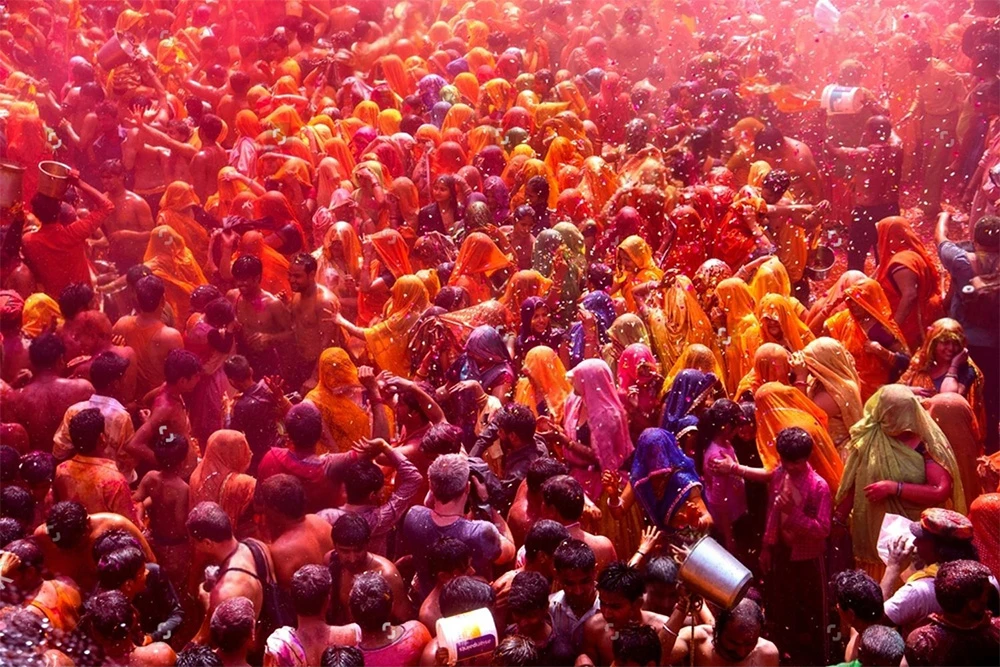
Final thought
Between quiet stories and small gestures at tea stalls, something more genuine appears quiet, steady, unmistakably human. It’s in the pause before a smile, the patience of a queue, the kindness exchanged without ceremony; those tiny details make the world around you feel close. And as these human moments gather, they feel like fireflies stitching dusk with gentle light. India is in that nearness, and I’m ready to keep noticing and listening, inspired.



